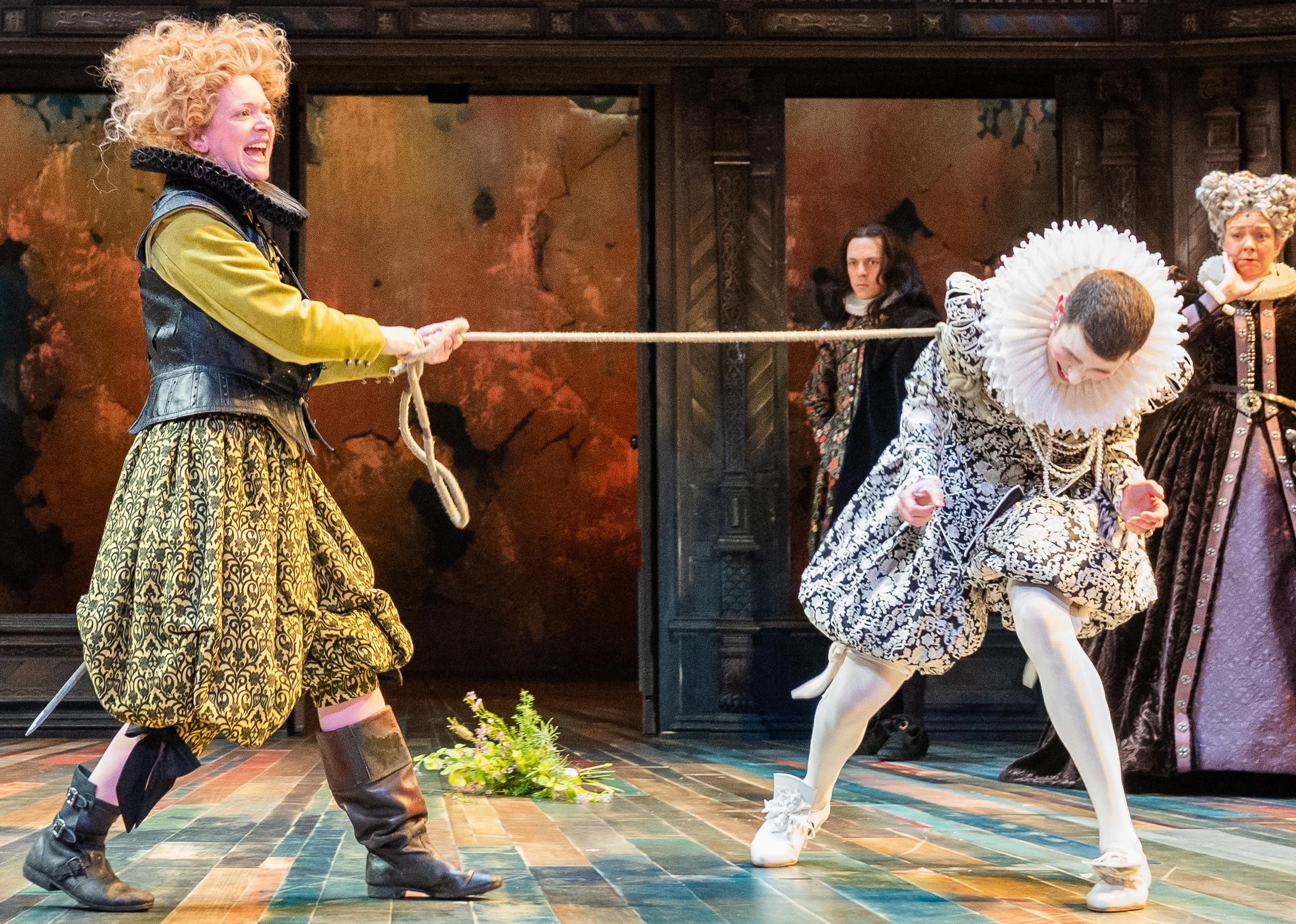The Taming of the Shrew: Sitting in our discomfort
The Taming of the Shrew and 10 Things I Hate About You
As Shakespeare’s beloved comedy Much Ado About Nothing shows us, a pair of lovers who don’t hold back in verbal sparring makes for some rich entertainment. And like in Mean Girls, Shakespeare finds himself revived in some of the most unexpected places. Except this time, we find ourselves once again in an American high school: Padua High.
10 Things I Hate About You takes one of Shakespeare’s more problematic plays and reshapes it into a story which is much more of a recognisable comedy than the play can often be (though not without its own problems). How does it do that? It makes Kat an actual shrew! Shakespeare’s Katherine - the shrew - actually does not have very many lines in the play, and her character ends up cowed into submission out of exhaustion by the end of the story, and Petruchio has no comeuppance for his abuse and manipulation. Julia Stiles’ Kat Stratford is not so. She wants an education at an institution of her choice, she wants to be independent, she just wants to be able to do what she wants. This film is an example of how making certain seemingly drastic changes to the source material in adaptation can be highly productive, positive, and successful. Highlighting a feminist narrative through Kat - a young woman who knows what she wants and will let no one hold her back - suggests that stories that are problematic like The Taming of the Shrew don’t have to be accepted as they are, nor do they have to be completely cast aside.
In 2019 the Royal Shakespeare Company performed a gender-bent version of The Taming of the Shrew, set in a matriarchal world where Petruchio is Petruchia and Bianca is Bianco. At first glance, this might seem like a revolutionary way to do Shakespeare, but at a closer look, we start to see the cracks. What benefit can truly be had, what progress made, and what lessons learned from simply dressing the same unbalanced power dynamics in dresses as opposed to breeches? Discussing the production, Claire Price and Joseph Arkley (Petruchia and Katherine, respectively) made a point that gender-swapping the roles in the play doesn’t necessarily “fix” anything about its problems at all, but simply transfers power from one extreme to another.
That’s not to say that I think this play is entirely useless. What we can certainly take from this production is that although the content of the play hasn’t changed, reframing, recasting, and inverting the gender dynamics of the play makes us realise how uncomfortable and damaging those structures are in the first place. It’s like looking at an unfinished painting in the mirror and seeing all the imperfections you couldn’t see before.
These two versions of Shakespeare’s play might continue to prove that The Taming of the Shrew is not a positive love story, but the differences in how they reimagine Shakespeare’s original show us the possibilities of adaptation to generate criticism by offering new perspectives and suggesting alternative character arcs and plot development. Adaptation isn’t about rehashing the same material exactly as it’s been done before, but giving us different ways of looking and imagining so we can keep growing, and so the source material can continue to spark ideas in us.




Comments
Post a Comment